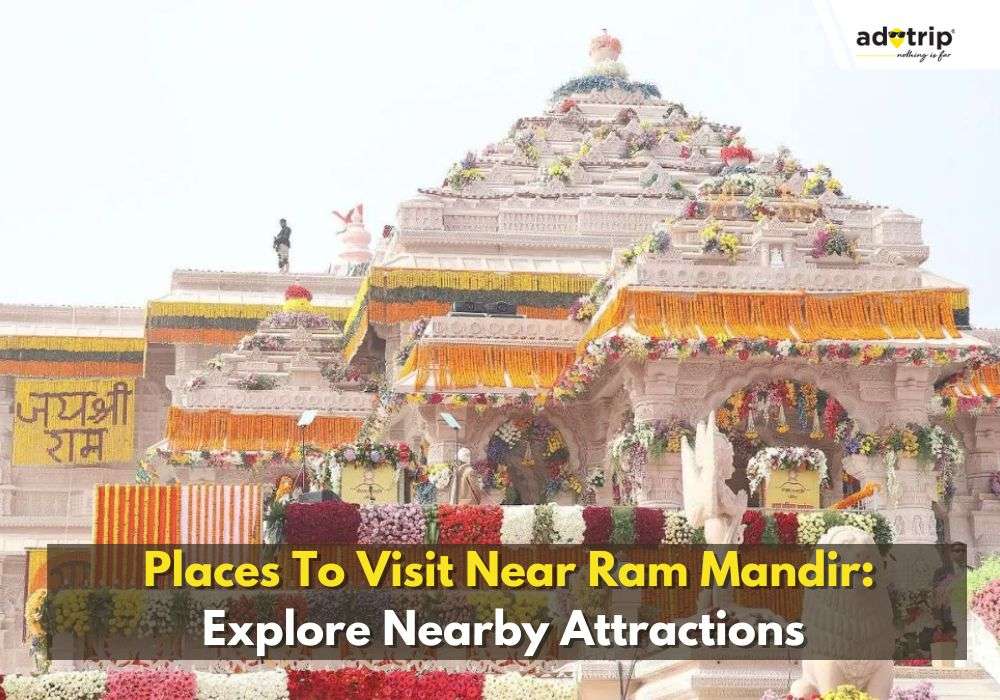
Last Updated At: 22-Jul-2025
Places To Visit Near Ram Mandir - Best Places and Things To Do
Ayodhya, the revered birthplace of Lord Ram, the seventh incarnation of Lord Vishnu, holds deep spiritual and cultural significance for millions of devotees. Situated along the banks of the holy River Sarayu, this ancient city has long been a symbol of unwavering devotion and religious heritage. With the recent inauguration of the magnificent Ram Mandir, Ayodhya has emerged as a vibrant spiritual destination, drawing pilgrims from across India and beyond. The baal-roop idol of Ram Lalla installed in the sanctum evokes a profound sense of peace and reverence, offering visitors a divine experience that lingers long after they leave. The entire atmosphere feels as though one is walking through the Ramayana itself, where every corner echoes the presence of Ram, Sita, Lakshman, and Hanuman.
Beyond the grand temple, several sacred sites near the Ram Mandir enhance the city's spiritual charm. Devotees often visit Hanuman Garhi, believed to be the protective seat of Lord Hanuman, and Kanak Bhawan, said to be a wedding gift from Queen Kaikeyi to Sita. Nearby, Treta Ke Thakur and Dashrath Mahal further connect visitors to Ramayan-era legends, while the tranquil Saryu Ghat offers an opportunity for ritual bathing and evening aarti. Each of these locations contributes to the sacred aura of Ayodhya, making it much more than a pilgrimage spot — it’s a journey into India’s divine past. With improved infrastructure and renewed spiritual energy, Ayodhya invites every believer to witness history, devotion, and divinity come alive in one unforgettable visit.
List Of 11 Famous Places To Visit Near Ram Mandir
The Jan 22nd inauguration of the Ram Mandir serves as a testament to the unwavering spirit and resolve of the city as it strives to reclaim its historical heritage. Beyond its importance, the temple has transformed into a symbol of national pride, drawing pilgrims and tourists from all corners of the world. This surge in visitors has not only revitalised Ayodhya's economy but has also heightened its profile on the global tourism stage. When planning a trip to this Holy City, check out other tourist attractions near Ram Mandir to experience the mysticism of the city in its entirety.
- Hanuman Garhi | Discover the Fortified Abode of Lord Hanuman
- Kanak Bhawan | Delve into the Radiant Palace of Sita-Ram
- Treta Ke Thakur | Tracing Divinity's Footsteps in Ancient Ayodhya
- Guptar Ghat | Where Tranquility Meets the Flowing Sarayu
- Sita Ki Rasoi | Relish the Mythical Kitchen of Sita Ji
- Dashrath Mahal | Embrace Royalty at the Palace of King Dashrath
- Ram Katha Museum | Tribute to the Timeless Epic
- Gulab Bari | A Picturesque Garden
- Bahu Begum Ka Maqbara | Soak in Its Serene Ambience
- Tulsi Udyan Garden | | Adorned with Flowers
- Terhi Bazaar | A Sensory Feast of Sights, Sounds, & Flavours
1. Hanuman Garhi - Discover the Fortified Abode of Lord Hanuman
Nestled gracefully in the land of Ayodhya is Hanuman Garhi, also known as Siddha Peeth Shri Hanuman Garhi. This historical temple, located 1km from Ayodhya, symbolises devotion and captivating pilgrims and travellers. Within its grounds lies a unique deity of Lord Hanuman that cannot be found elsewhere in India. Since times immemorial, Lord Hanuman has been protecting Ayodhya, and his presence at Hanuman Garhi is believed to bring protection to the city, honouring his unwavering devotion to Lord Rama, the divine ruler of Ayodhya.
Situated peacefully on the banks of the holy Saryu River, Hanuman Garhi represents the enduring connection between deity and devotee. The sacred rituals here carry an ambience as the temple priests humbly offer their prayers to Lord Hanuman. According to legend, if a priest requires a blessing or seeks permission for something important, they ceremoniously present a letter inscribed with their prayers to the deity.
- Darshan Timings- Summer | 7:30 am to 11:30 am & 4:30 pm to 9:30 pm
- Winter- 9 am to 11 am & 4 pm to 9 pm
Things to Do:
- Climb the 76 steps leading to the hilltop temple for panoramic views of Ayodhya.
- Offer prayers to the idol of Lord Hanuman, believed to grant protection and courage.
2. Kanak Bhawan - Delve into the Radiant Palace of Sita-Ram
Explore Kanak Bhawan, a gift bestowed upon Devi Sita by Queen Kaikeyi following her marriage to Lord Rama. Mythical tales intertwine with architecture as Vishwakarma creates a sanctuary dedicated to the couple that is strictly off-limits to males, including Hanuman. With its origins dating to the reign of Vikramaditya and later renovated in 1891 under the patronage of Queen Vrishbhanu Kunwari, this majestic structure continues to captivate pilgrims with its awe-inspiring visuals. Immerse yourself in the rituals of worship and offerings, a timeless practice steeped in unwavering devotion. There is no dearth of hotels around Ram Mandir where you can enjoy a comfortable stay and explore other significant attractions in the city.
- Darshan Timings- 5 am to 10 pm
Things to Do:
- Admire the beautifully adorned idols of Lord Ram and Goddess Sita in regal attire.
- Explore the intricate Rajasthani-style architecture and colorful murals.
3. Treta Ke Thakur - Tracing Divinity's Footsteps in Ancient Ayodhya
Within the heart of Ayodhya, you'll find the revered Treta Ke Thakur Temple, a place that pays homage to Lord Rama, the divine ruler of the Treta Yug. This holy site, one of the historical places near Ram Mandir, sits gracefully along Ayodhya's Naya Ghat. The temple has stood for three centuries since the king of Kullu built it. It holds significance for pilgrims who come from near and far to seek solace here. The temple is steeped in mythology. It is said to be where Lord Rama performed the 'Ashwadmedha Yagya.' This temple emanates an aura of divine grandeur and is adorned with idols carved out of black stone, including Lord Rama, Goddess Sita, Lord Lakshmana, and Lord Hanuman. Visit the temple in Kartik to immerse yourself truly in its ambience.
- Darshan Timings- Opens only on Kartik Shukla Ekadashi
Things to Do:
- Witness the temple said to stand at the spot where Lord Ram conducted the Ashwamedha Yajna.
- Attend the special prayers conducted during Ekadashi for a spiritually enriching experience.
4. Guptar Ghat - Where Tranquility Meets the Flowing Sarayu
Eight kilometres west of Naya Ghat in Ayodhya, you can find a spot called Gopratar Ghat, also known as Guptar Ghat. It is situated by the Sarayu River, close to Ayodhya Cantonment. According to the Skand Puran, Lord Ram departed from here to Baikunth after completing his journey. Raja Darshan Singh constructed this ghat in the half of the 19th century. You'll find temples dedicated to Sita Ram, Narasimha and Guptahari on this serene ghat. Many cultural events near Ram Mandir, such as Ram Navami, Ram Leela, Sawan Jhula, and more, are organised occasionally to entice tourists from far and vast areas.
- Timings- Open All Day
Things to Do:
- Take a peaceful boat ride on the Sarayu River during sunrise or sunset.
- Meditate or relax by the ghat, absorbing the spiritual atmosphere.
5. Sita Ki Rasoi - Relish the Mythical Kitchen of Sita Ji
Sita Ki Rasoi, located in Ayodhya's surroundings, invites pilgrims and those seeking fulfilment to experience its enchanting atmosphere. With roots in mythology, this revered place is believed to be where Devi Sita, Lord Rama's consort, used to cook. The fusion of legend and devotion takes visitors back to the ram mandir ayodhya darshan timings of the Ramayana, where the heavenly fragrances of offerings once permeated the air. Today, Sita Ki Rasoi stands as a symbol of respect, giving pilgrims a glimpse into culinary delights. Its sanctity and historical importance make it an essential destination for those on a quest in Ayodhya. There are several pure vegetarian and some of the best restaurants near Ram Mandir where you can enjoy lip-smacking cuisines.
- Darshan Timings- 8 am to 6 pm
Things to Do:
- View ancient cooking utensils and symbolic representations of Sita Ji’s kitchen.
- Learn about the traditional rituals and role of women in the Ramayan era.
6. Dashrath Mahal - Embrace Royalty at the Palace of King Dashrath
Dashrath Mahal, a masterpiece located in the heart of Ayodhya, stands as a symbol of the city's cultural heritage and regal ancestry. It takes its name from King Dashrath, Lord Ram's father, and this magnificent palace exudes opulence and grandeur. Combining elements of Mughal and Rajput styles, the palace's intricate carvings and ornate facade create a mesmerising sight for visitors. Every nook and cranny whispers stories of glory and royal extravagance, transporting guests to an era of nobility. Dashrath Mahal serves as a reminder of Ayodhya's past, inviting travellers to immerse themselves in its timeless charm.
- Timings- 8 am to 12 noon & 4 pm to 10 pm
Things to Do:
- Explore the vibrant courtyards and halls that once echoed with royal footsteps.
- Engage with the temple priests to hear tales of Lord Ram’s early life.
7. Ram Katha Museum - Tribute to the Timeless Epic
The Ram Katha Museum in Ayodhya is a captivating tribute to the timeless epic Ramayana. Situated amidst the city's surroundings, this museum immerses visitors in the fascinating stories of Lord Rama's saga. Its artefacts, dioramas and immersive exhibits bring to life the cherished tales of bravery, devotion and righteousness described in the ancient scriptures. From portrayals of moments in the epic to artefacts that evoke the essence of a bygone era, this museum offers an enchanting journey into the core of Hindu mythology. It serves as a landmark that safeguards and celebrates India's treasured heritage.
- Timings- 6 am to 6 pm
Things to Do:
- Discover rare sculptures, paintings, and manuscripts depicting the Ramayana.
- Watch multimedia exhibits and short films narrating episodes from Lord Ram’s life.
Read More : Temple In Ayodhya
8. Gulab Bari - A Picturesque Garden
Gulab Bari, located in the heart of Ayodhya, is a sanctuary with a historical background and vibrant floral displays. Known as the "Garden of Roses ", this captivating place was built in the century by Nawab Shuja ud Daula, the ruler of Awadh. Within its surroundings lies the tomb of Nawab Shuja ud Daula and his family, featuring intricate Mughal architecture and tranquil water features. True to its name, the landscape is adorned with roses of colours that fill the air with their scent. Gulab Bari offers visitors an escape where they can immerse themselves in Ayodhya's past while surrounded by picturesque gardens.
- Timings- 4 am to 7 pm
Things to Do:
- Stroll through rose-filled gardens and admire Mughal-style landscaping.
- Visit the tomb of Nawab Shuja-ud-Daula located within the complex.
9. Bahu Begum Ka Maqbara - Soak in Its Serene Ambience
The Bahu Begum ka Maqbara, located in the landscape of Ayodhya, represents the city's rich cultural heritage. Constructed in the century by Nawab Shuja ud Daula, this impressive tomb pays homage to his wife, Bahu Begum. The stunning Mughal architecture of the mausoleum, adorned with carvings, majestic domes and delicate latticework, captivates visitors with its splendour. Surrounded by gardens and reflective pools, the maqbara emanates an atmosphere of serenity and reverence. As you explore its corridors, the tomb softly narrates tales of love, legacy and nobility that beckon travellers to immerse themselves in Ayodhya's timeless charm and majestic history.
- Timings- 7 am to 4 pm
Things to Do:
- Marvel at the 42-meter-high tomb and its Nawabi architectural elegance.
- Capture stunning photos during golden hour for a peaceful, royal backdrop.
10. Tulsi Udyan Garden - Adorned with Flowers
Tulsi Udyan Garden, located in the heart of Ayodhya, is a sanctuary that seamlessly blends the magnificence of nature with a sense of peace. The garden takes its name from Goswami Tulsidas, the poet-saint. It offers a sprawling greenery expanse that invites locals and tourists to find solace in its tranquillity. Adorned with flowers, winding pathways, and serene ponds, this is one of the most enchanting parks and gardens near Ram Mandir. It encourages them to relax amidst its natural wonders. Alongside statues portraying scenes from Tulsidas's epic work, Ramcharitmanas, this garden is a tribute to his timeless contributions to literature. Tulsi Udyan Garden is not just a spot but a sacred haven where nature and spirituality come together harmoniously.
- Timings- Open 24 Hours
Things to Do:
- Walk amid seasonal flower beds and relax in the calm green surroundings.
- Visit the statue of Goswami Tulsidas and learn about his contributions to the Ramcharitmanas.
11. Terhi Bazaar - A Sensory Feast of Sights, Sounds, & Flavours
Terhi Bazaar, a market in the heart of Ayodhya, is a hub of culture and commerce full of energy and diversity. It is famous for its range of shops, stalls and vendors offering an experience for all the senses. Every corner reflects Ayodhya's rich heritage, from crafts and beautiful textiles to spices and delicious street food. In this atmosphere filled with activity, locals and visitors come together to immerse themselves in the city's spirit and enjoy the timeless allure of its bustling markets. Terhi Bazaar, one of the most visited local markets near Ram Mandir, truly represents the Ayodhya's cultural fabric.
- Timings- Morning to Evening
Things to Do:
- Shop for traditional Ayodhya souvenirs, sweets, and handcrafted items.
- Taste authentic street food like chaat and jalebi from local vendors.
Read More : Places To Visit In Ayodhya
Explore enchanting places to visit near Ram Mandir with Adotrip! Discover ancient temples, serene parks, and vibrant markets. With Adotrip's seamless travel planning, unlock personalised itineraries, exclusive deals, and expert guidance, ensuring an unforgettable journey. Start your adventure now and let Adotrip elevate your travel experience to new heights!
With us, nothing is far!
Frequently Asked Questions About Places To Visit Near Ayodhya
Q1: Which hill station is nearest to Ayodhya?
A1: The nearest hill station to Ayodhya is Nainital, located about 320 km away. It's a popular weekend getaway nestled in the Kumaon hills of Uttarakhand.
Q2: What are the nearby places in Ayodhya?
A2: Nearby places in Ayodhya include Faizabad, Guptar Ghat, Bharat Kund, Devkali Temple, and Sultanpur Bird Sanctuary, all within a 50–80 km radius.
Q3: Where can we go from Ayodhya?
A3: From Ayodhya, you can travel to religious and historical destinations like Varanasi, Prayagraj, Lucknow, Chitrakoot, and Gorakhpur. All are well-connected by road and rail.
Q4: Which city is closest to Ayodhya?
A4: The closest major city to Ayodhya is Faizabad, just 7 km away. Lucknow, the state capital, is around 135 km from Ayodhya.
Q5: Which time is best for the Ayodhya trip?
A5: The best time to visit Ayodhya is from October to March, when the weather is pleasant and ideal for sightseeing and temple visits.
--- Published By Adotrip
Latest Blogs

Cash in the Wild: My Safari Adventure Across Kenya with Only...

One Day Picnic Spot Near Pune - Adventure, Trekking and Natu...
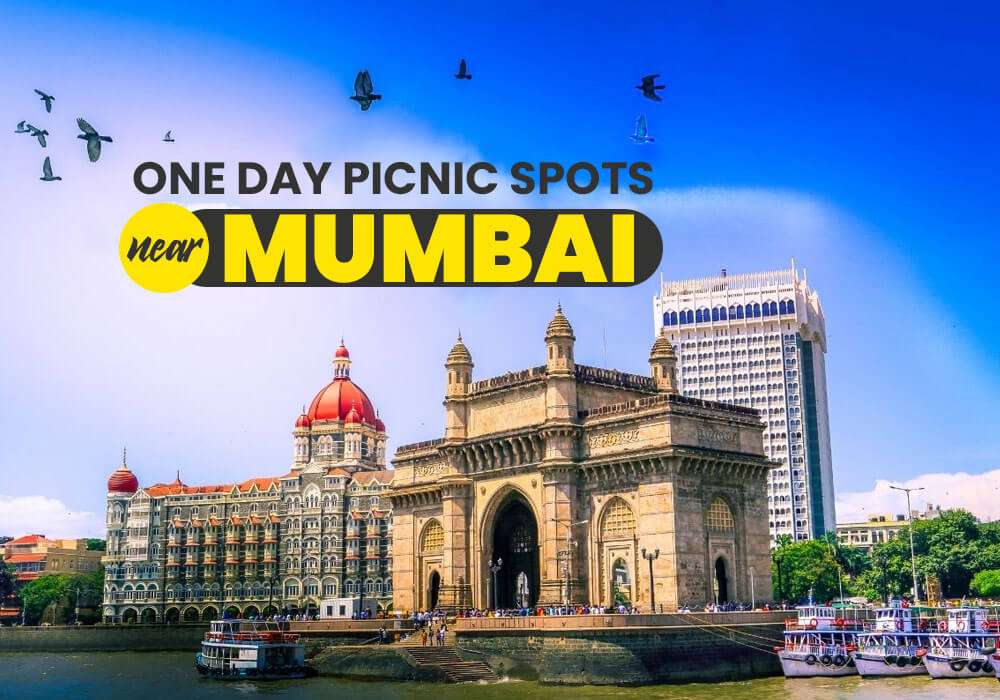
One Day Picnic Spots Near Mumbai - Monsoon, Adventure, Beach...

The Best Places to Go in Thailand in 2025
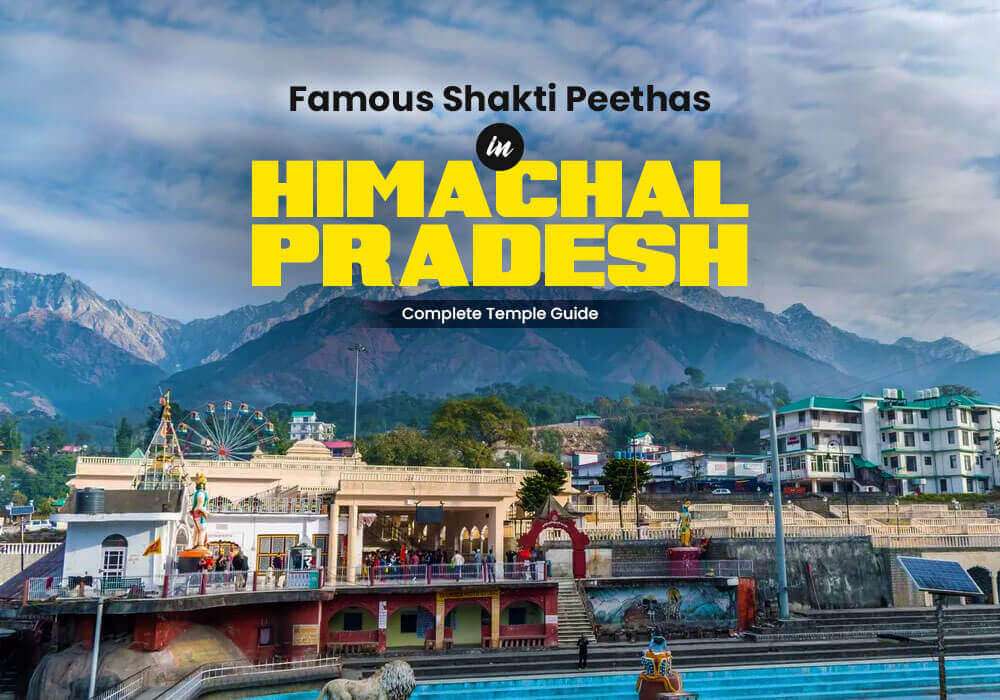

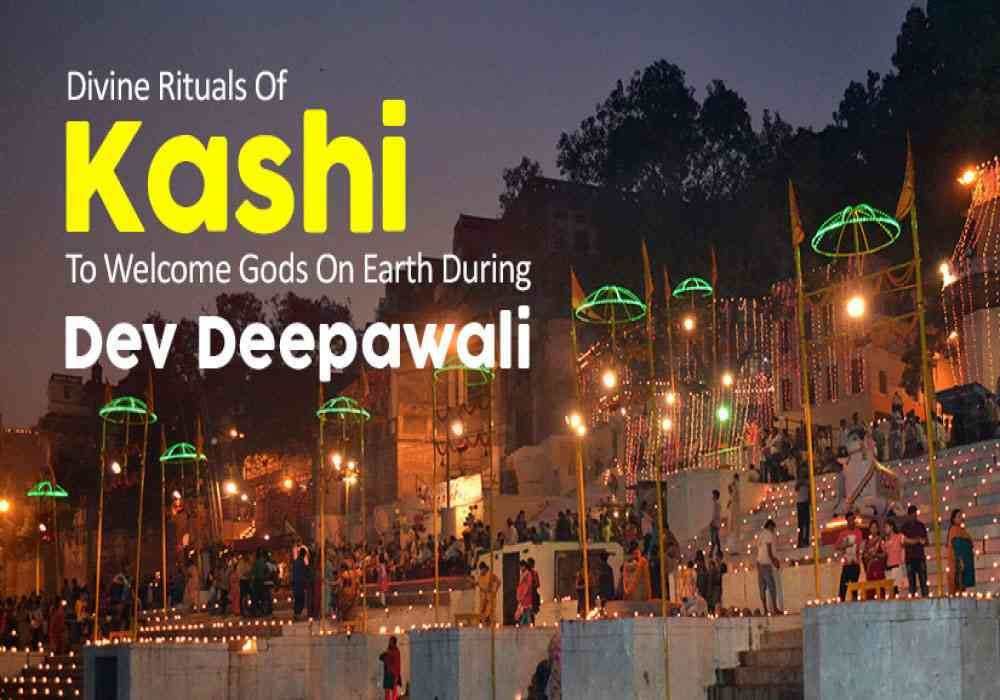
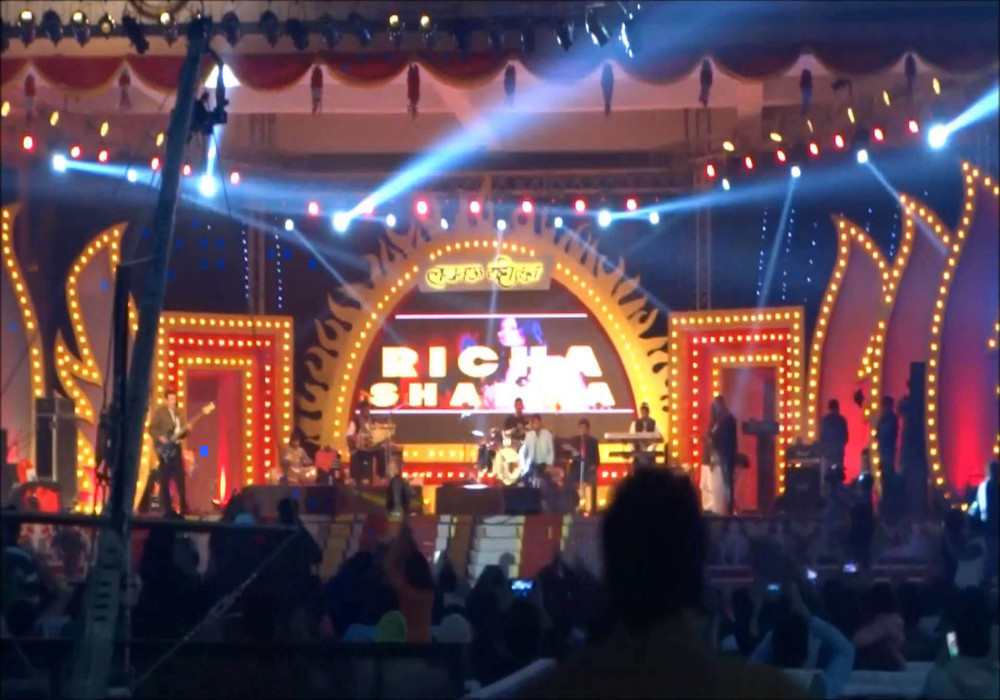


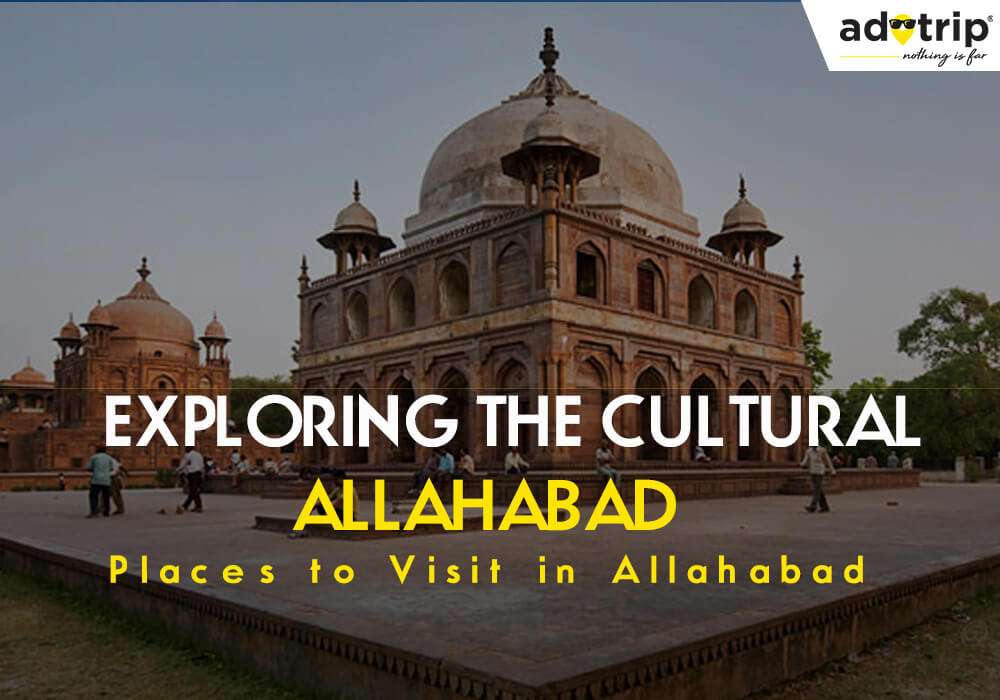


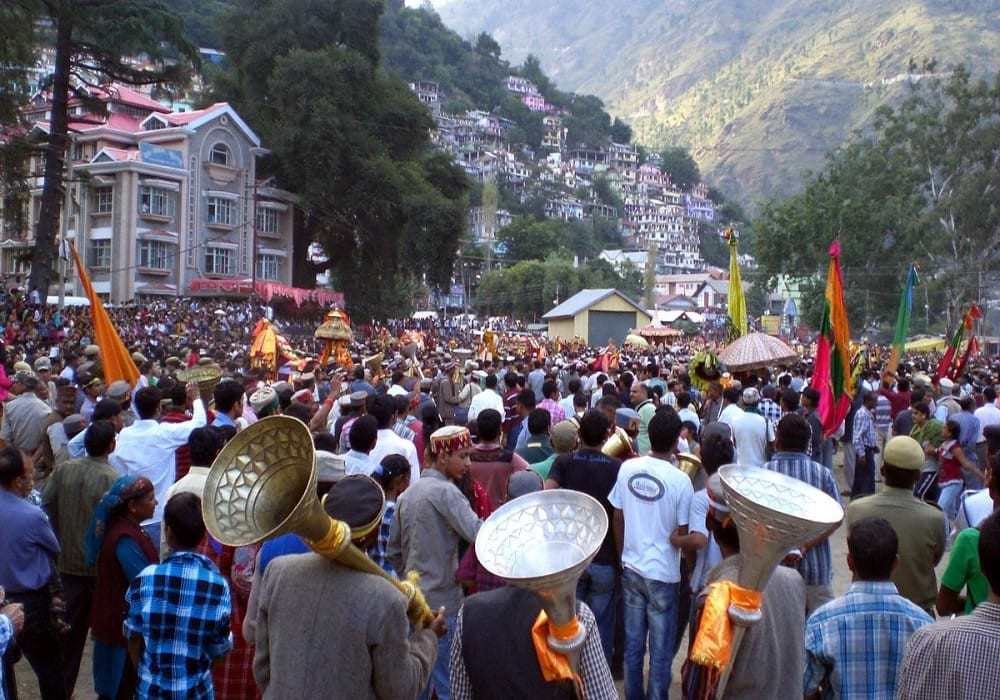


.jpg)
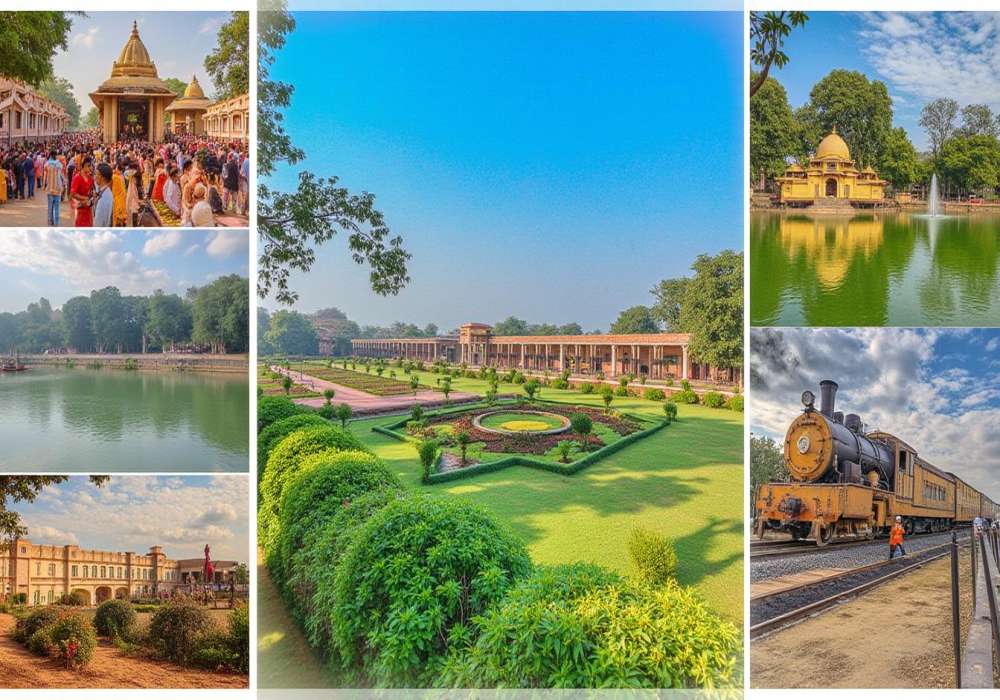

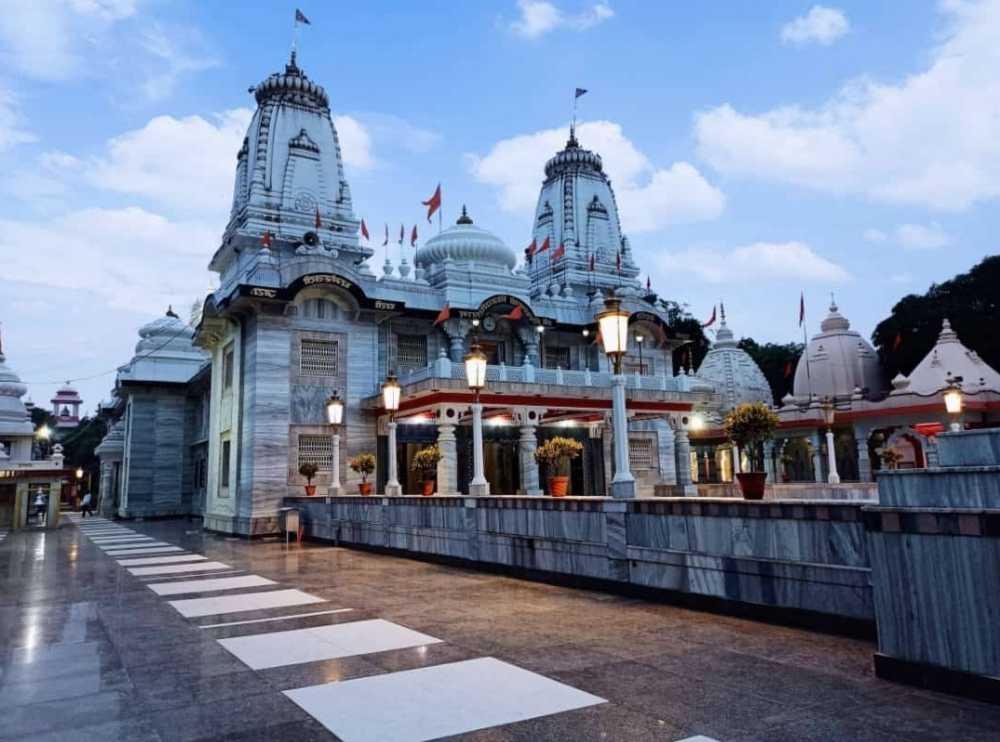
 Dubai
Dubai Malaysia
Malaysia USA
USA





